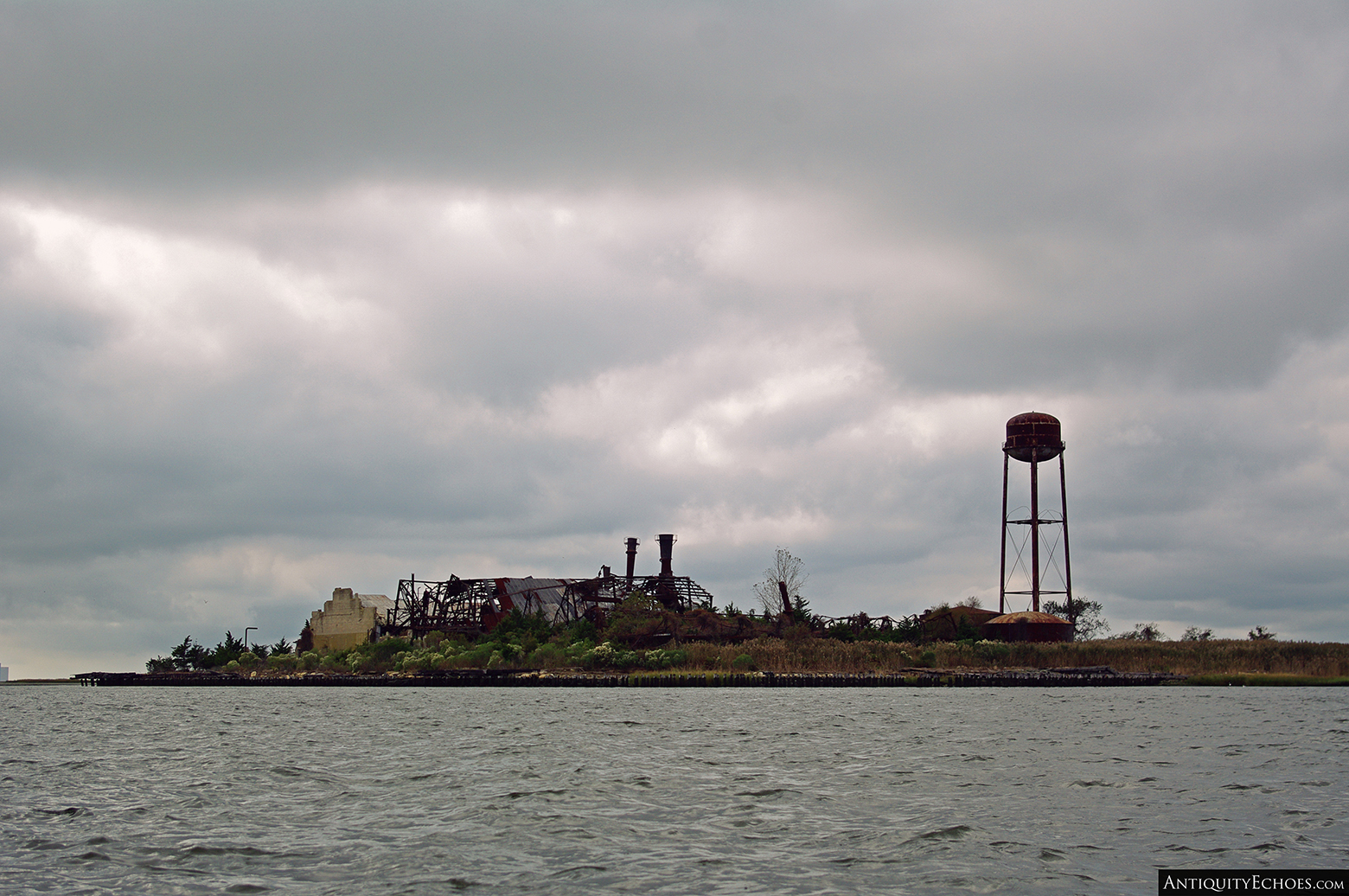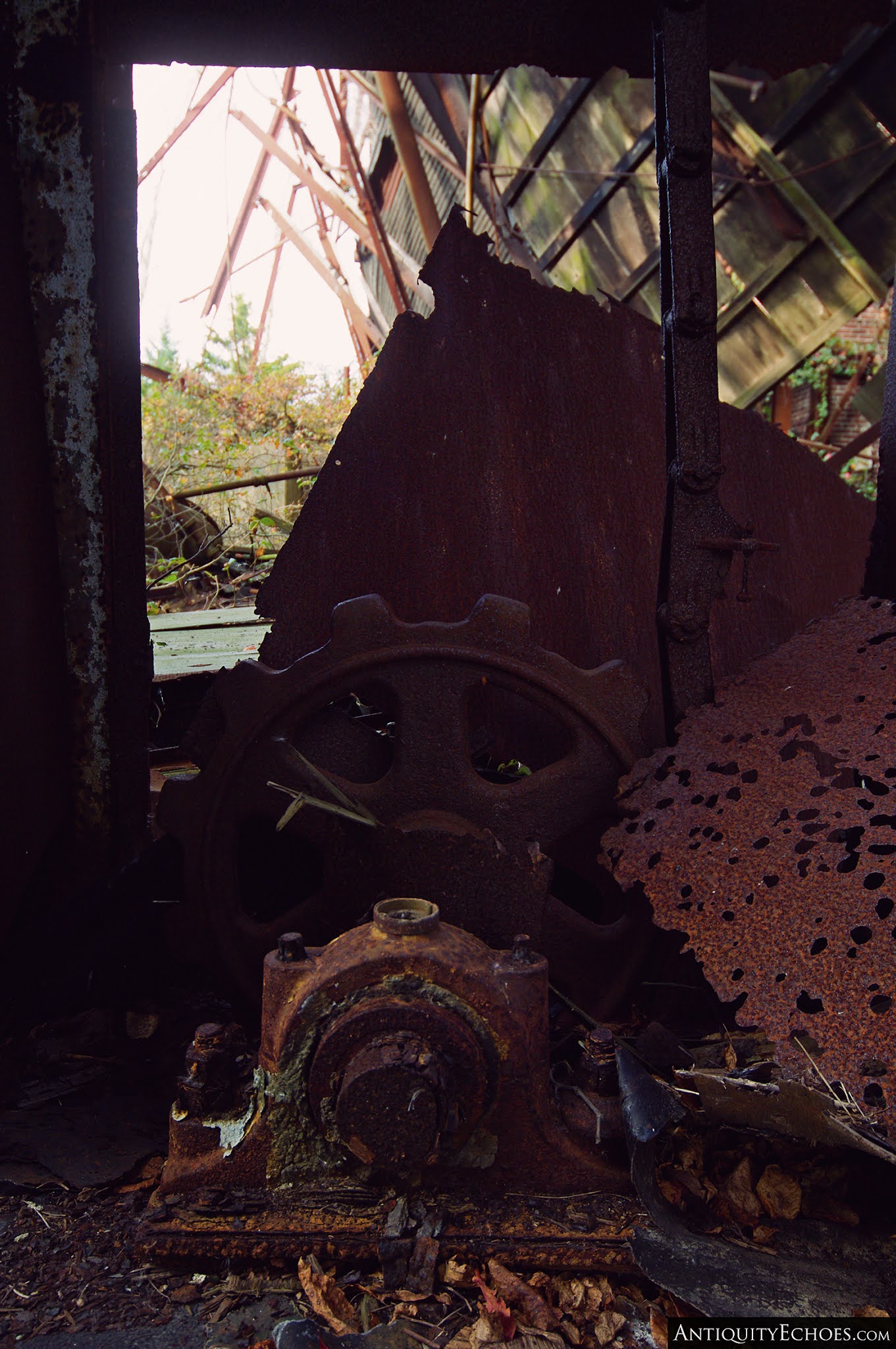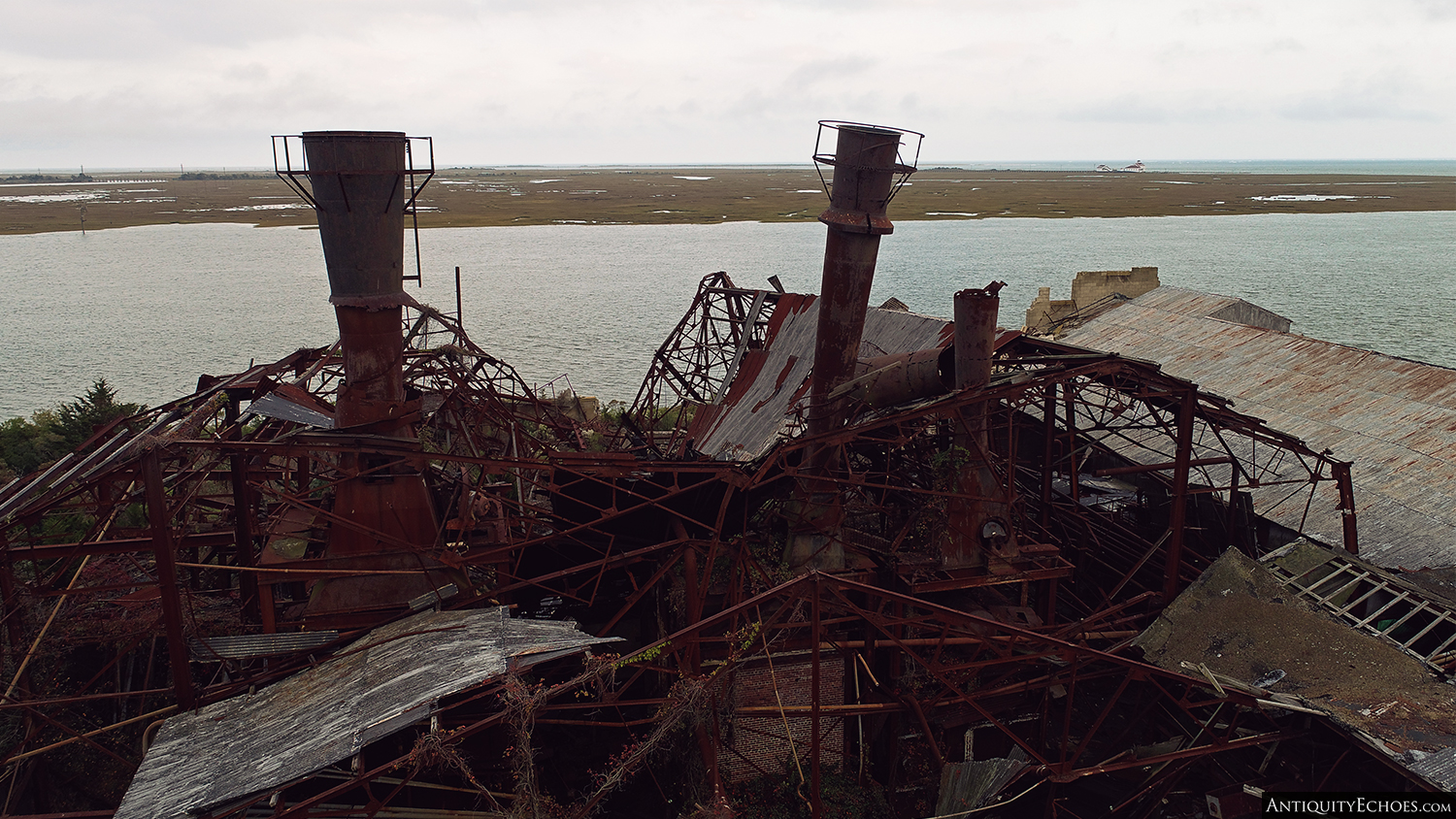Tuckerton Fish Factory
Off into the coastal waters of the Great Bay in Little Egg Harbor, NJ, can be found an overgrown and mostly overlooked isle of earth. Though it holds several names most call it Crab Island. An obscure landmass left deserted to the sea, detached from the Garden State by a narrow channel of water and a rift of time spanning half a century.For some time it was conjectured that the factory was built around the turn of the last century for the processing of fish oil. Though this belief is still widely held, there survives paperwork that remarks to structures existing on the island as far back as 1850. What were those buildings? Were they related to what was ultimately known as the modern-day fish plant? These are questions to which the answers seem lost to time, much as the vestiges of the island themselves will soon be. What is known for certain? There exists a deed from the Newport Fertilizer Company, dated 1902, that clearly identifies the island for use as a 'Fish Oil Works'. That said – Deeds from years earlier note buildings already existing on the island. A coastal survey from 1871 exhibits no mention of any industrial utilization of Crab Island, even though the aforementioned deeds dated prior note the existence of structures. Some decades later, in 1903, a survey was conducted which finally acknowledged the fish factory. Using that timeline it can be assumed that the factory came to be at some time in the later 1880s, but, as is the running theme here - There is no definitive record of such a building being constructed.
Whenever the factory was built, it was shut down for a span of time during World War I and converted into a garbage incinerator, primarily for use by Atlantic City. Most of the refuse was burned down for use as fertilizer, and the remaining residue, known as 'slime', was drained off directly into the bay waters. On the Tuckerton Historic Society website, they share several tales of the old factory collected from locals of the time. The most unnerving anecdote among them comes from a gentleman who was a child in 1918 - He recalled the piles of dead horses lined up on the island docks during that time, awaiting incineration.Unlike its mysterious origin, the death of the fish factory is far more thoroughly recorded. An end which came on slowly, but was foreseen. A terminal illness, brought on by decades of over-fishing. At its height in the 1950s and 60s the fish processing factory was operating with a crew of over 100, working 12-hour shifts and sleeping in company dormitory buildings on the island. So profound was the fishing business that a modest airstrip was constructed behind the factory, for pilots to utilize while out surveying for schools of fish from the air. However, by the early 1970s things were far different, far quieter. The last year of operation at the plant was 1969, and by 1970 a skeleton crew of 8 men remained to watch over the cavernous defunct property. In time they too left, and come the summer of 1974 the whole of the island was acquired by the Department of Environment Protection for $100. The property has sat vacant ever since, though vacant is perhaps not the best word to use. Those shores regularly see all manner of wildlife, though human presence remains a rarity. A rarity, but not utterly without. Each summer curious voyagers traverse the briny bay waters to see the factory ruins for themselves, rubble which there seems to be less of with every year. For now, the water tower and furnace stacks that have become emblematic of the island still stand. Though the stacks are far from stable, and list to their sides at angles that declare impending collapse.
What does the future hold for Crab Island? Another question to which there is no answer. Funding was gathered in the late 1970s for the removal of the structures from the island, but as it often goes with government spending- The money was 'better spent' elsewhere. Funding was again collected in the late 1990s, so much so that local papers ran stories bidding farewell to the weathered factory, but again those demolition and remediation plans never materialized. Maybe it was for the best though, as there is some poetic beauty to be found watching an island, for centuries used by man, slowly reclaim itself by its own hands.







































